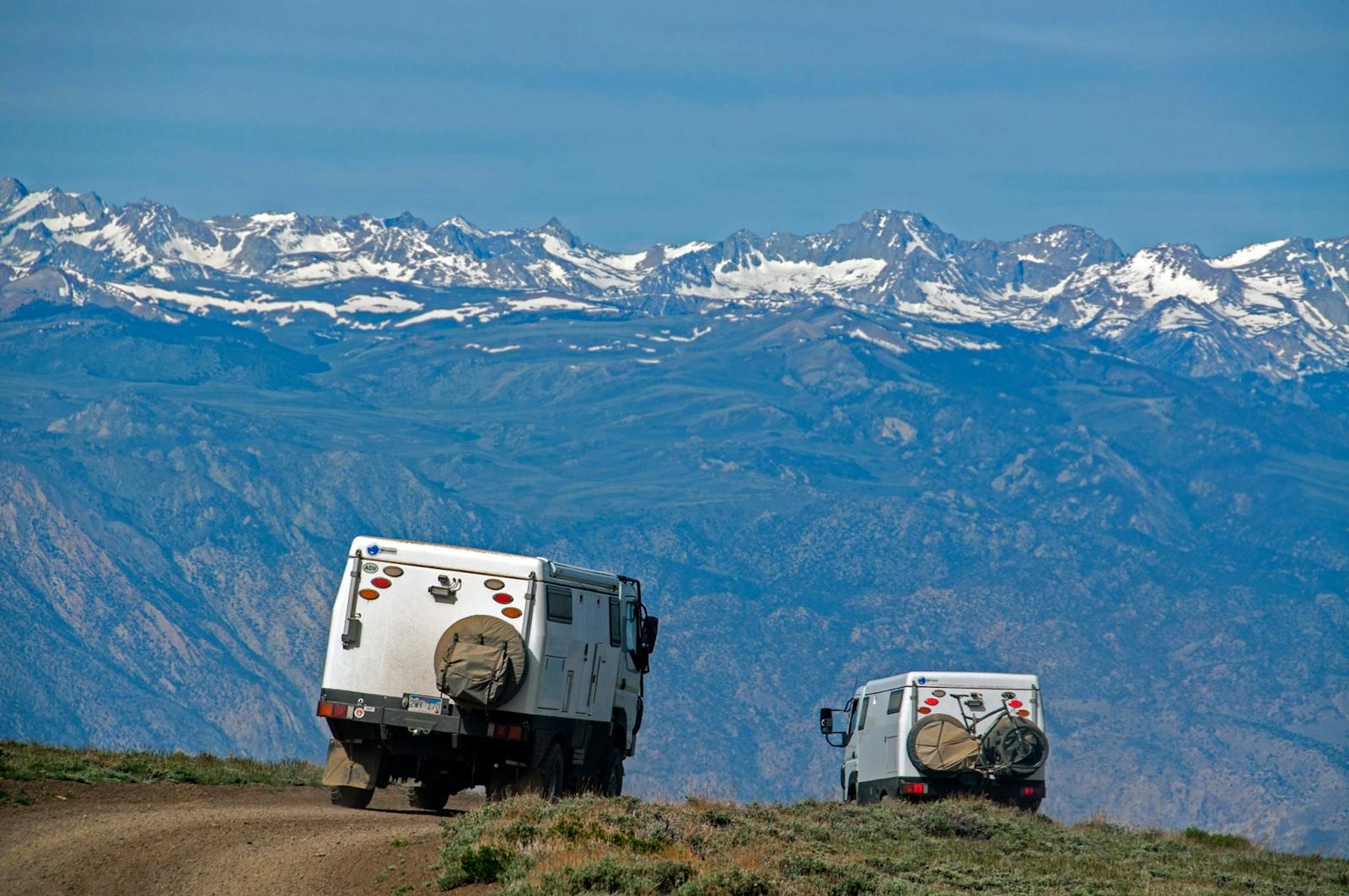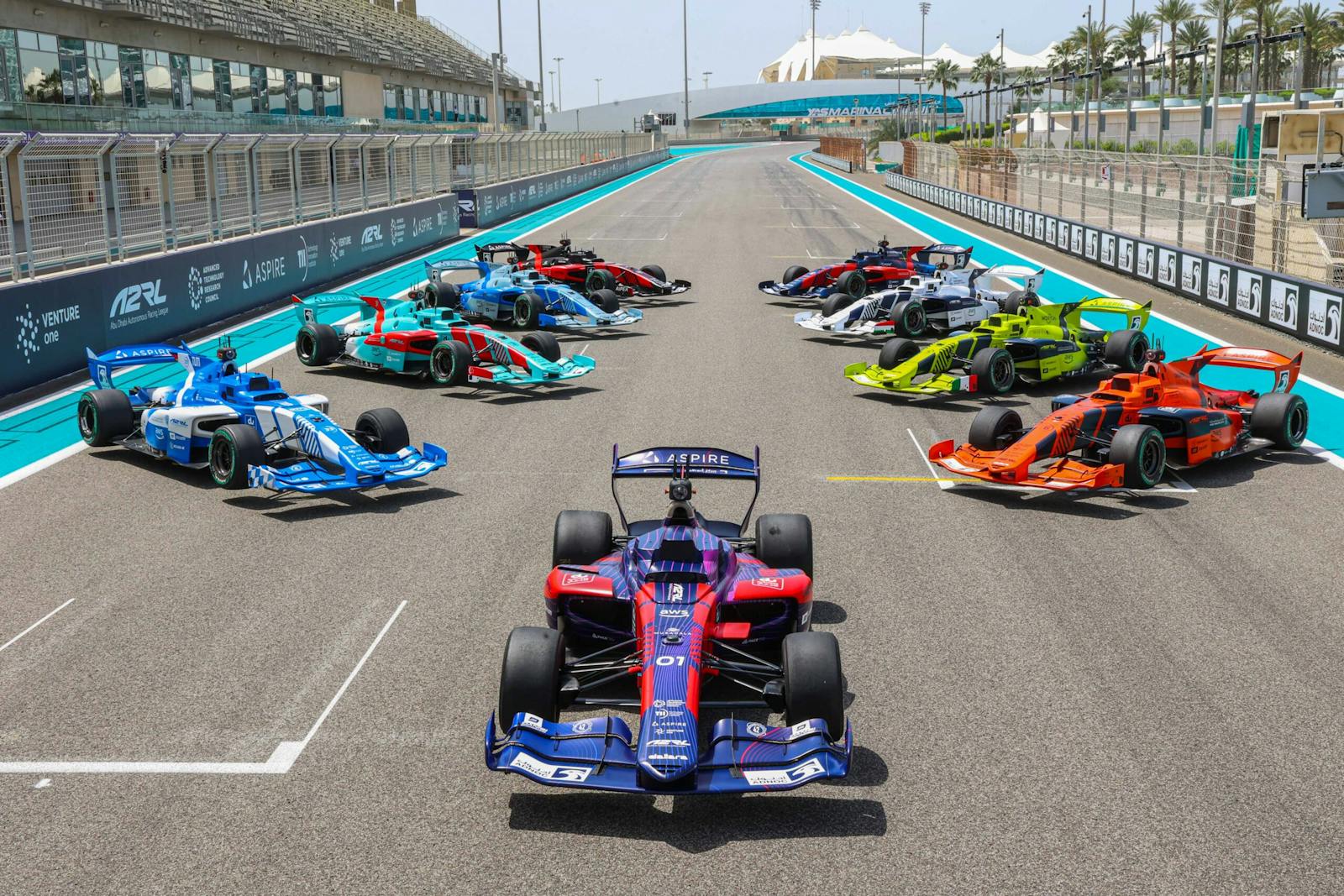Jaguar Classic will build 25 D-Type continuation cars. But what’s the point of all this?
Jaguar only built 75 D-Types back in the 1950s. It intended to build 100. So now, more than 60 years later, the marque’s Jaguar Classic division is creating and assembling by hand 25 additional “vintage” two-seaters, using brand new components. The goal in building these alluring “Continuation Series” cars is not just to recognize and publicize the enviable history and heritage of the venerable British brand. It is to make money.
“At the end of the day, this is supposed to be a sustainable business, not a marketing exercise,” said Tim Hanning, director of Jaguar Land Rover Classic, at the Retromobile show in Paris, just after the prototype D-Type Continuation Series car was unveiled. “A business within the business.”
This means each of these new-old cars will sell for a profitable seven-figure price tag (exact pricing has not yet been announced.) And there is no doubt they will sell out. “We did a lot of pre-sale activities before the car was unveiled,” Hanning said, referring to his team’s extensive conversations with brand loyalists and other interested parties. “I think we have just one or two that are unspoken for.”
Whether or not the price is a bargain, it seems like it has the potential to offer a decent return. The Hagerty Price Guide indicates that even in average condition (#3), an original D-Type is worth more than $4.5 million. The best iteration in the world—a Le Mans winner from one of the three consecutive years (1955–57) that Jag took top place at the famous endurance race—sold last summer at Pebble Beach for over $20 million.
20180207203441)
20180207202459)
20180207203456)
“Continuation Cars, when done by the original manufacturers, are a breed apart,” says Dave Kinney, publisher of the Hagerty Price Guide. “They will never be the original, but they will be good investments, as we are living in a unique time when the talent, regulations, and money to do these projects exist—something that might not happen again. Factory approval and factory support mean everything here. You can’t turn back the clock, but you do occasionally get to rerun the race.”
In selecting the fortunate (and wealthy) owners of these new-old cars, Jag did not want to privilege people who would simply hoard them away in a garage or flip them for a quick profit. “We try to identify clients who will value and actively use the cars,” Hanning said.
The brand will also try to ensure that the 25 cars will have something of an even distribution around its core markets: Europe, the UK, the United States, Asia and the Pacific, and the Middle East. This is not simply for some obscure notion of geographic fairness. “These cars are something people get positively happy about, even without owning one,” Hanning said. “Just seeing one. We want to spread around that happiness.”
This generalized glee-scattering may be more or less difficult, depending on where the owner resides. “Strictly speaking, these cars are not street legal,” Hanning said. “They will not comply with most national regulations. However,” he said with a wry smile, “if you happen to be the Crown Prince of some small island nation, your circumstance may be different, and you may be able to find an exception.”
20180207202752)
20180207203513)
20180207203022)
20180207203038)
Because the cars are not created for the street, Jaguar hopes one of the core uses to which its customers will put them will occur on the track. “We fully expect that people will race them at vintage races,” Hanning said, citing similar experiences with previous Continuation Series cars, like the lightweight E-Types the brand built recently. “Those were raced at Goodwood and Le Mans Classic, and elsewhere,” he said.
Racing a brand new, old car against a group of vintage cars with five or six decades of hard running wear seems somehow inequitable. But Hanning has a unique perspective on this. “It’s unfair for the new car,” he said. “The old cars have all mostly gone through 60 years of optimization versus when they were new. If you have any doubt, look at all the vintage cars running laps far faster than they did when they were original. And it’s not because of the driver.”
Jaguar Land Rover has made periodic announcements of new Continuation Series cars over the past few years, so it seemed reasonable to assume more were on the way. If it were up to us, we might suggest the brand move into the realm of vehicles that Hanning refers to as “up-and-coming” cars, like the V12-powered XJS of the 1970s and ’80s.
“You can assume as much as you want,” Hanning said, smiling. “We are here to celebrate the D-Type.”
20180207204851)
20180207203329)
20180207203547)
20180207203529)
20180207202844)
20180207203621)
20180207202958)
20180207202738)


It is UN^^^^^^G believably GORGEOUS. That’s my reply do with it as ye wish. Dad had an xk140, MGTC and Willys wagon when I was born. The sight of 3 kids on back shelf, new bebe on Mom’s lap with a 2 man/woman smelt net tied down somehow always got a wave, laugh or something. He was smart and sold it when I hit 15 years.